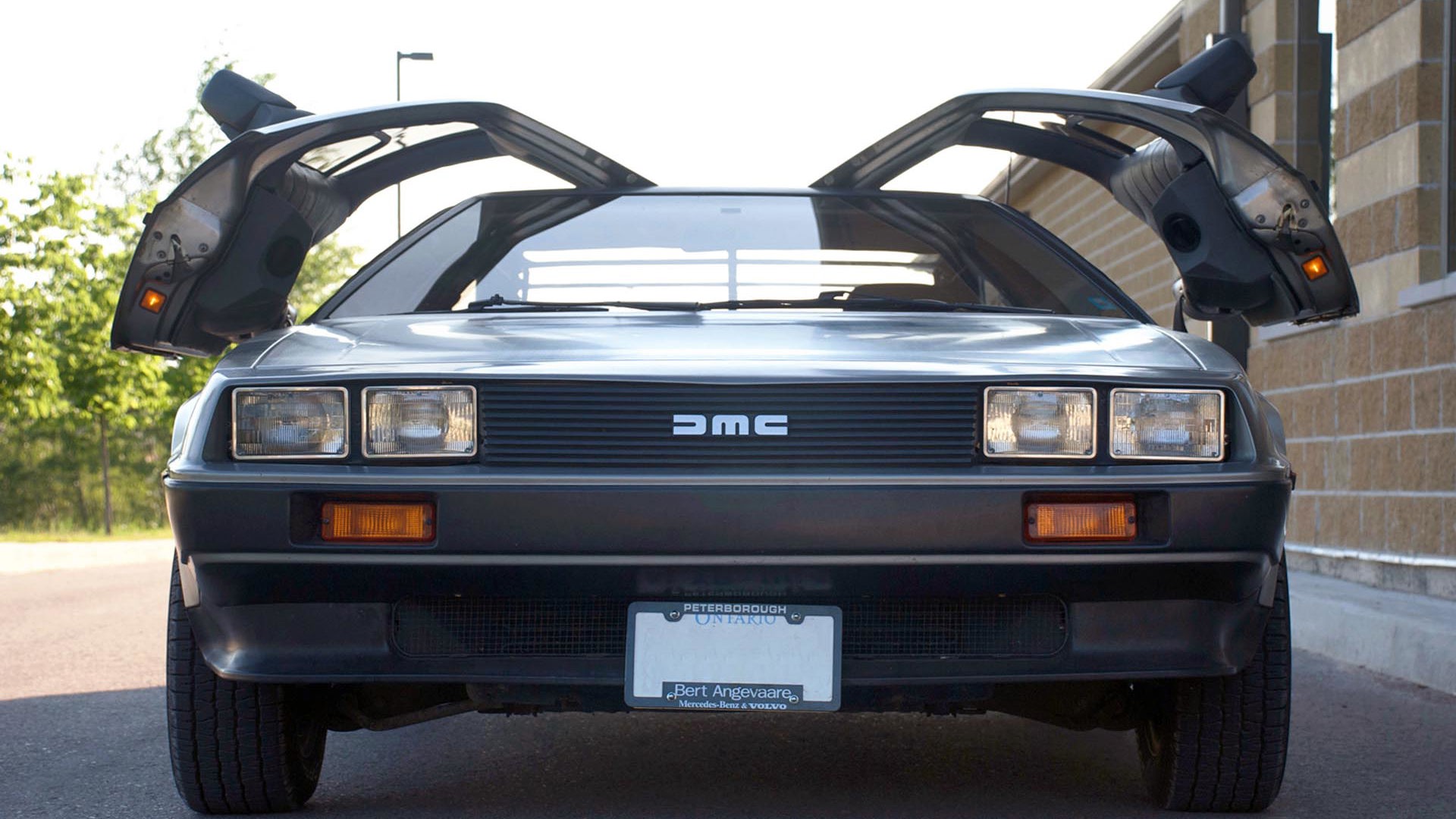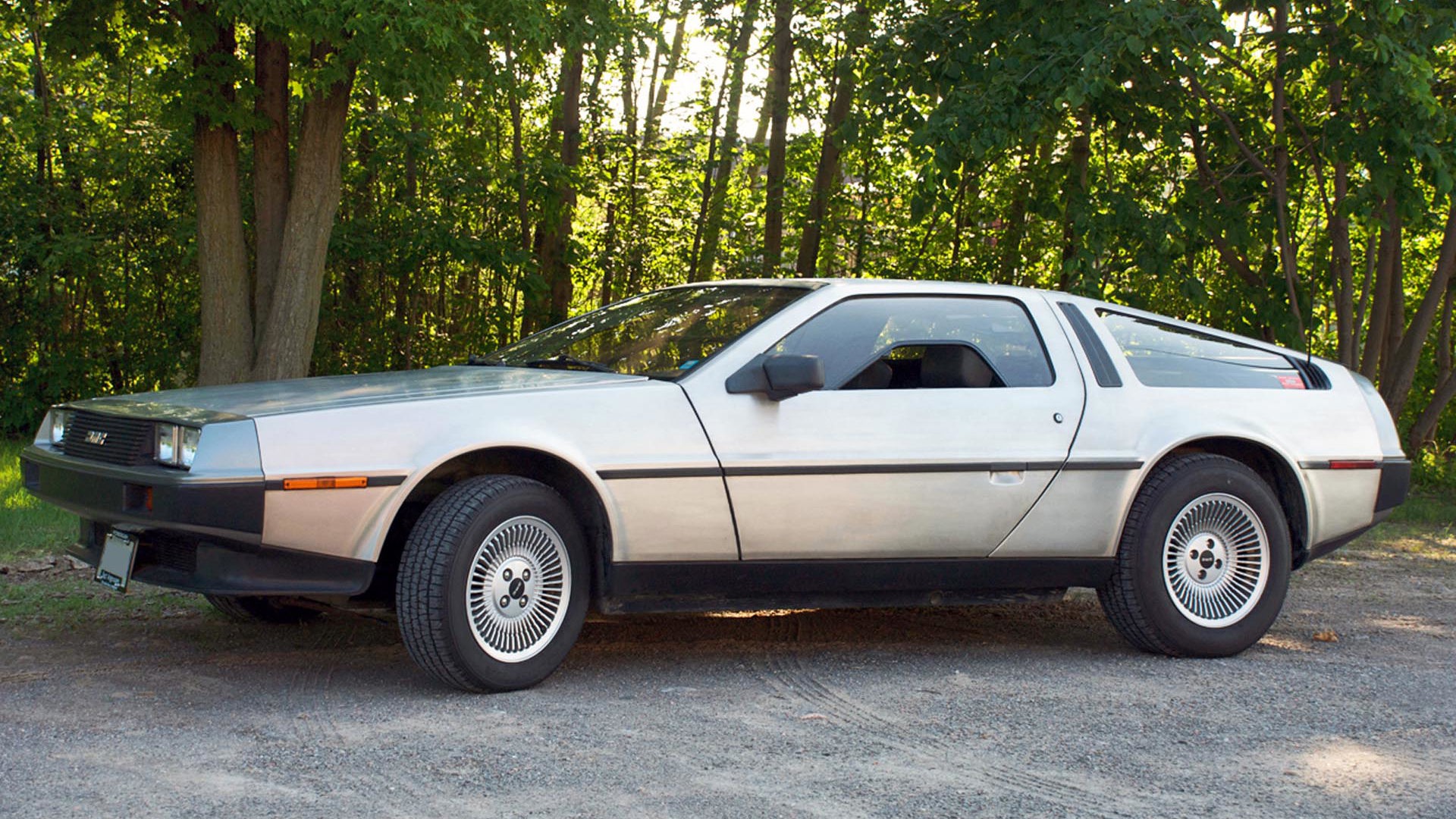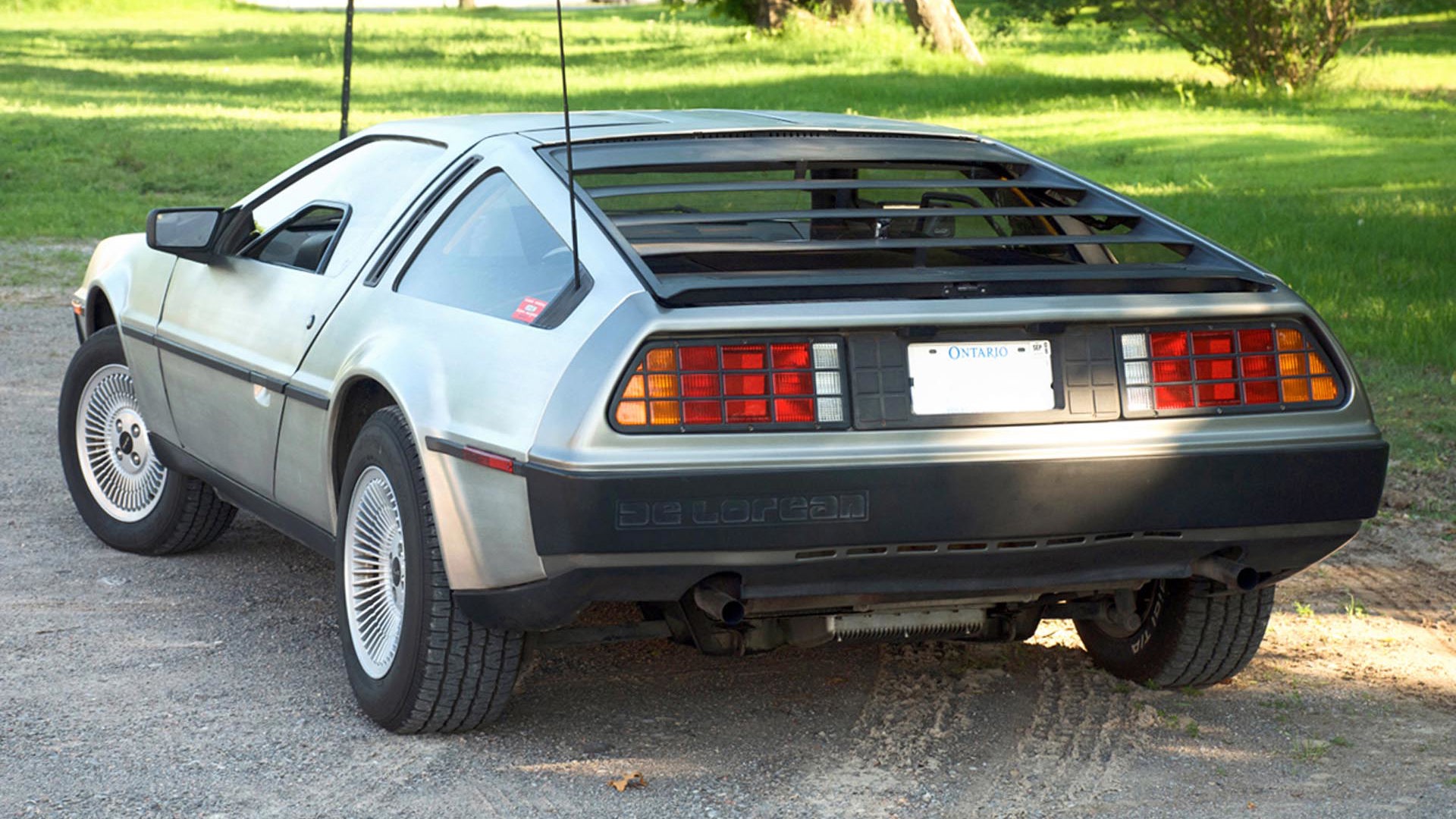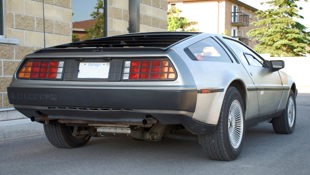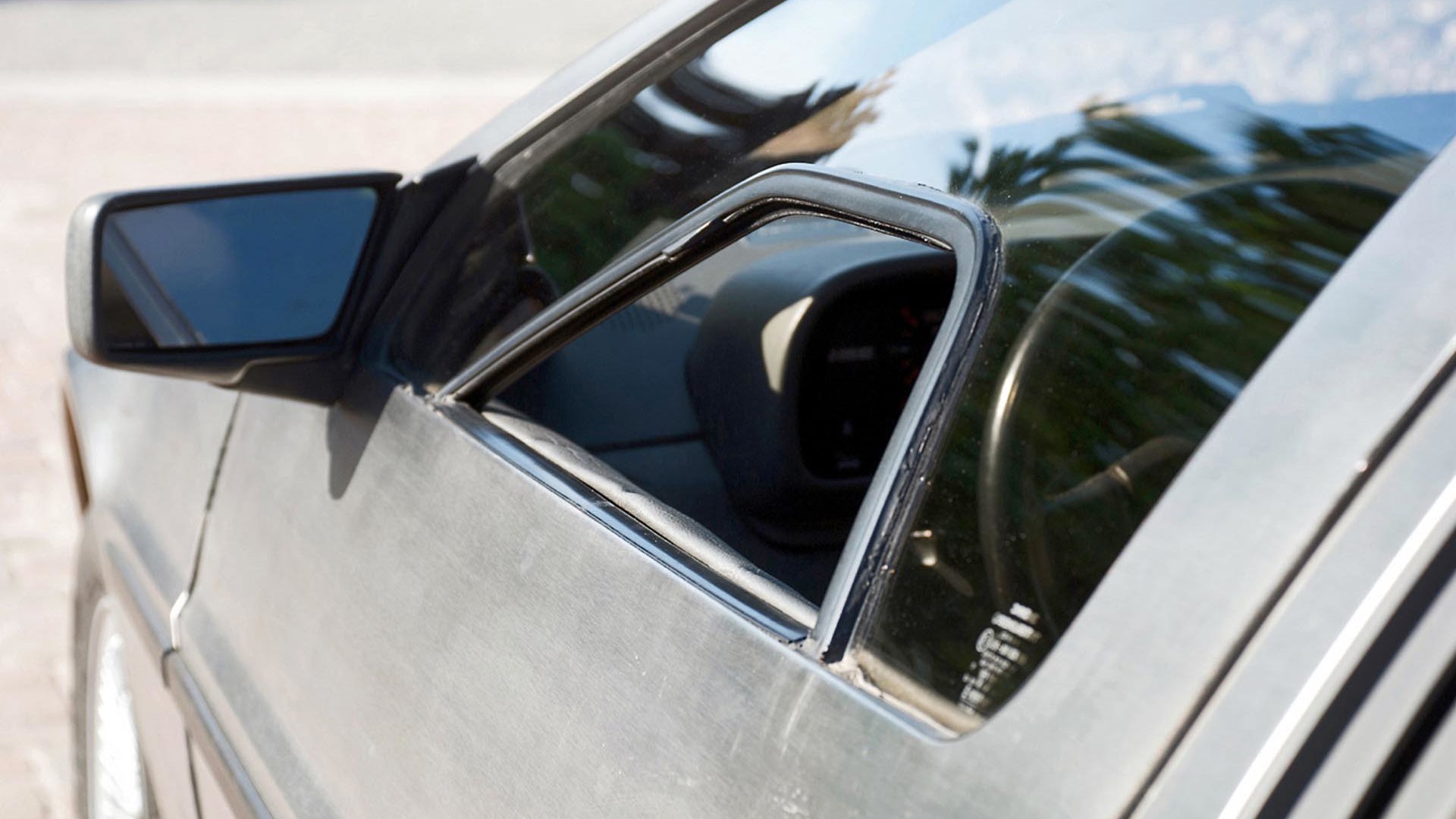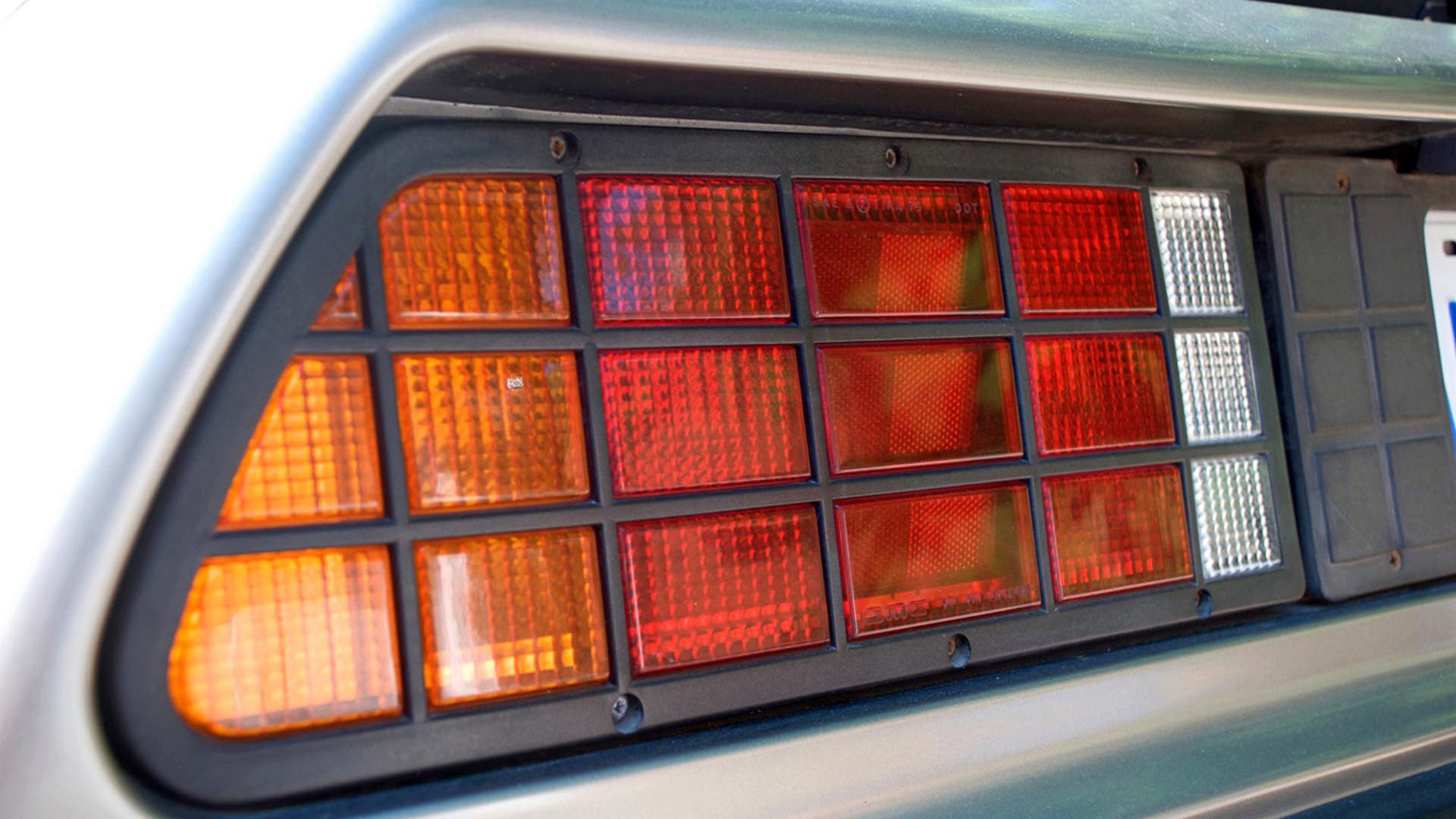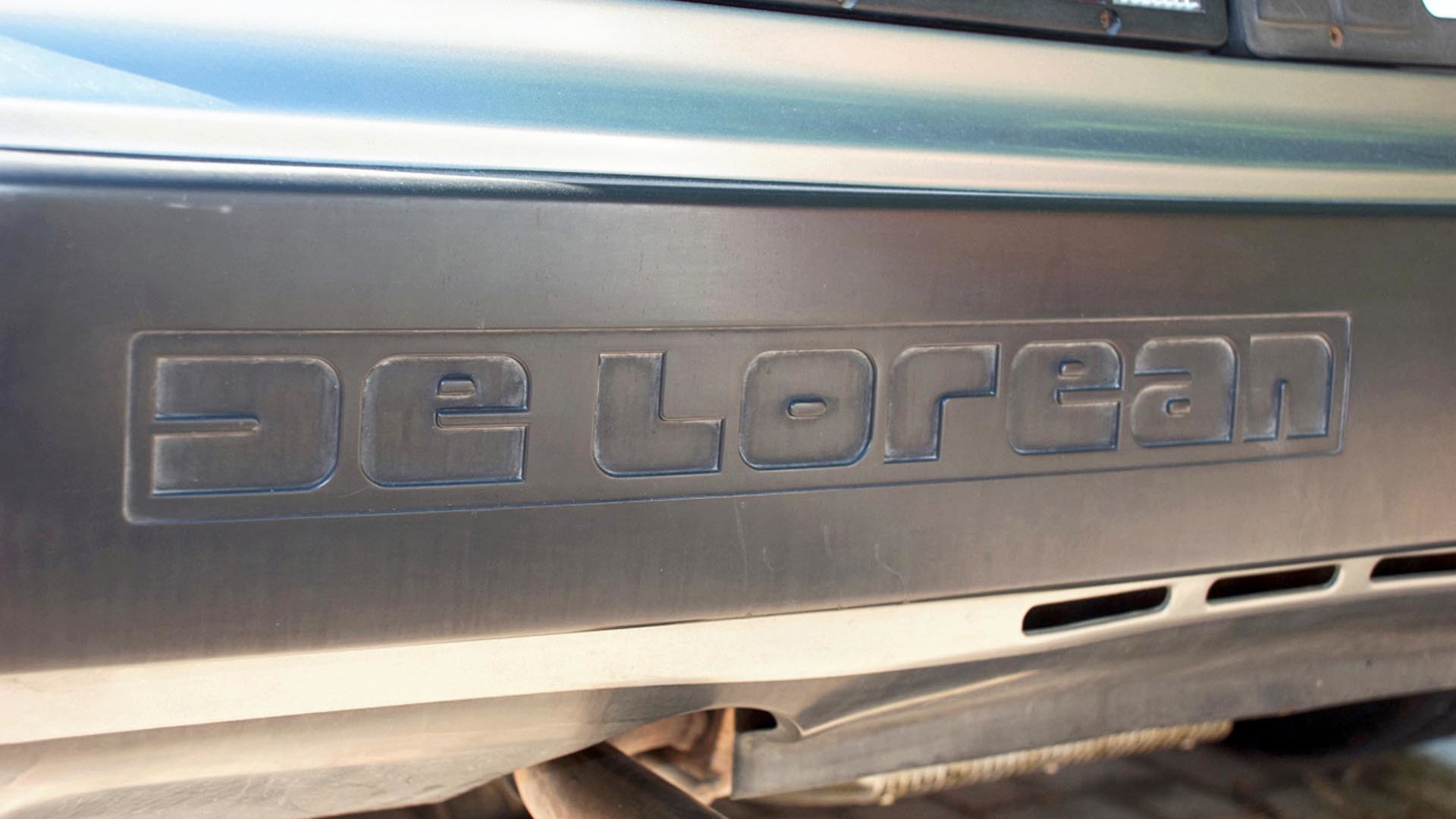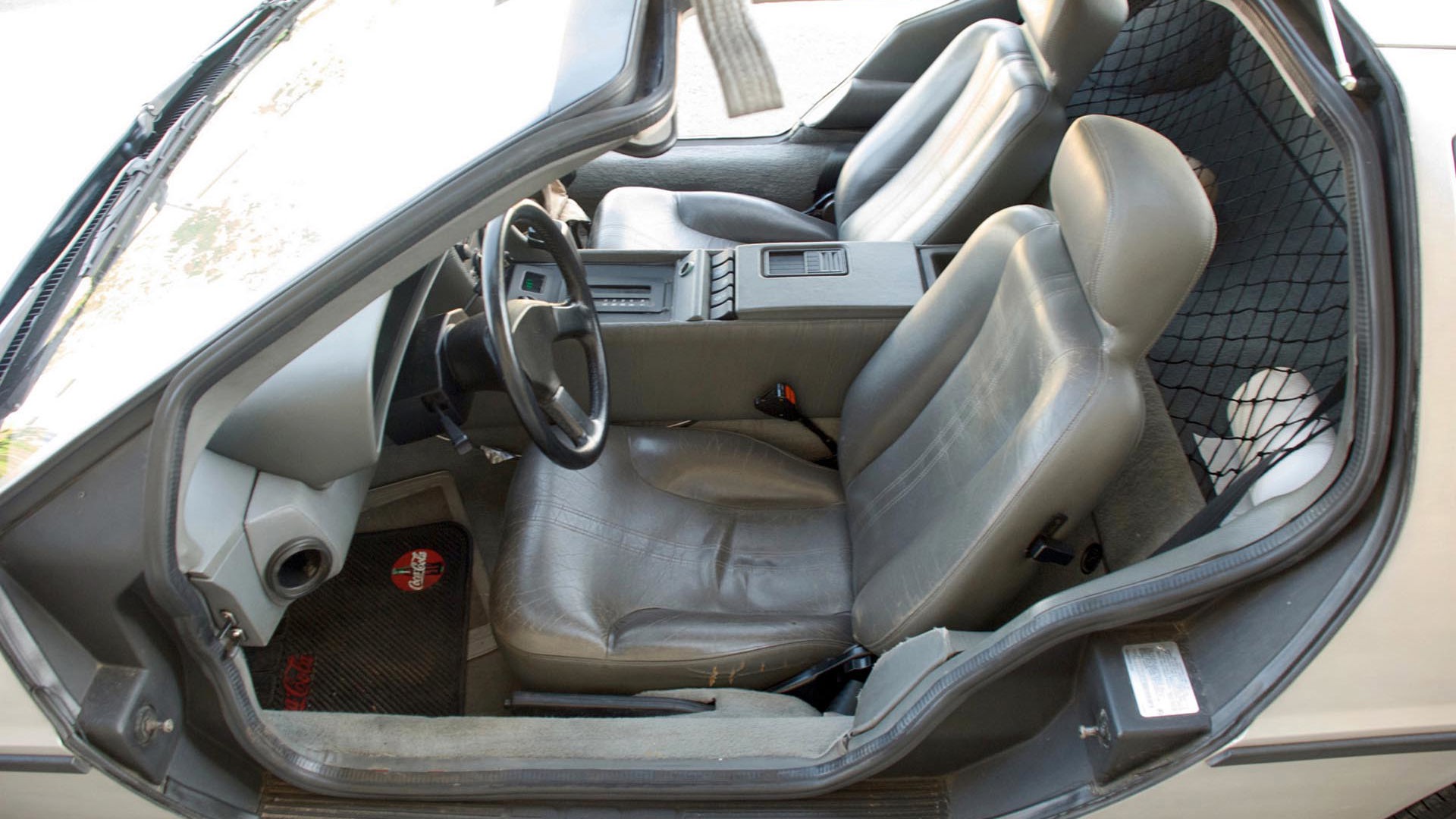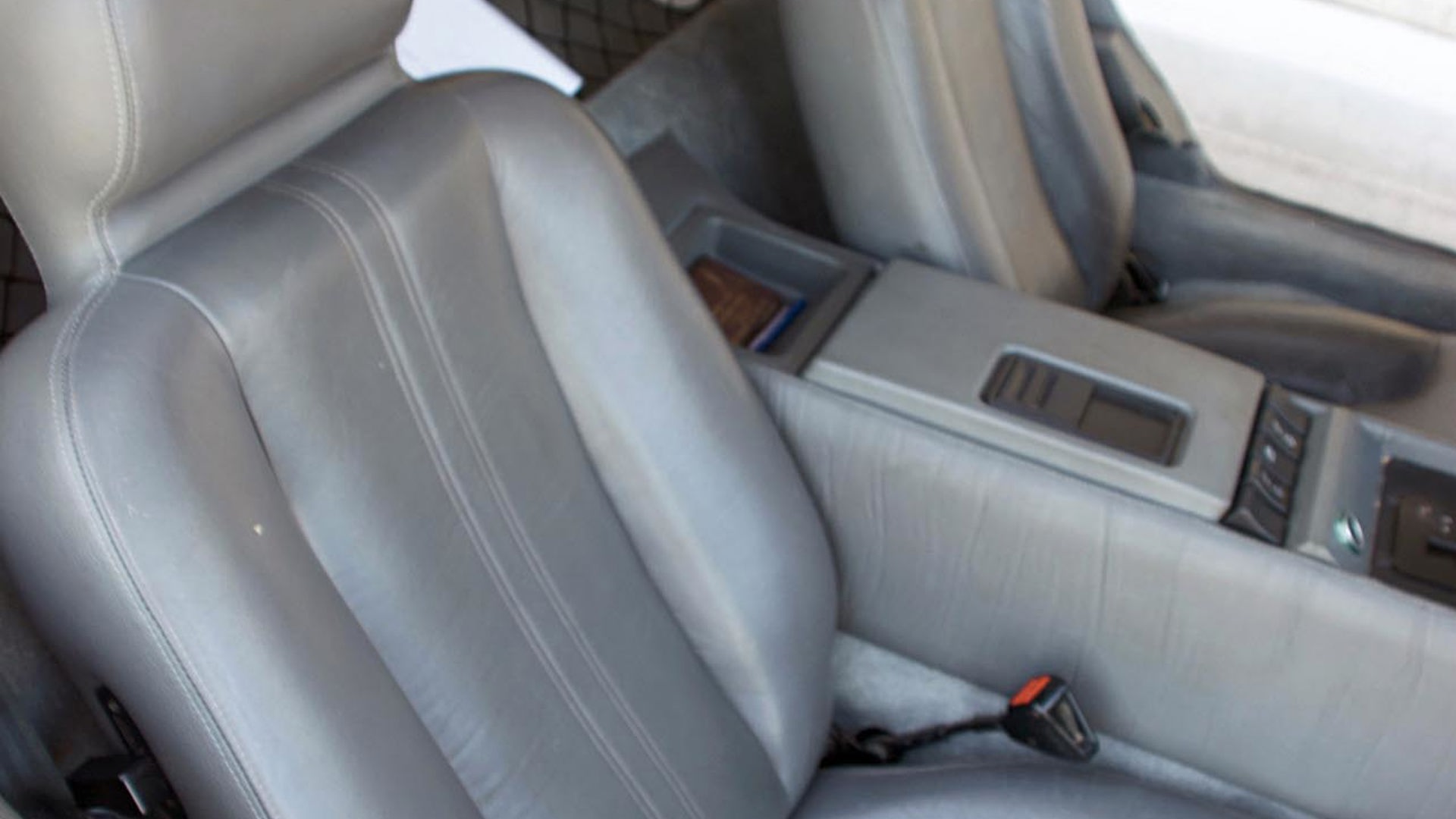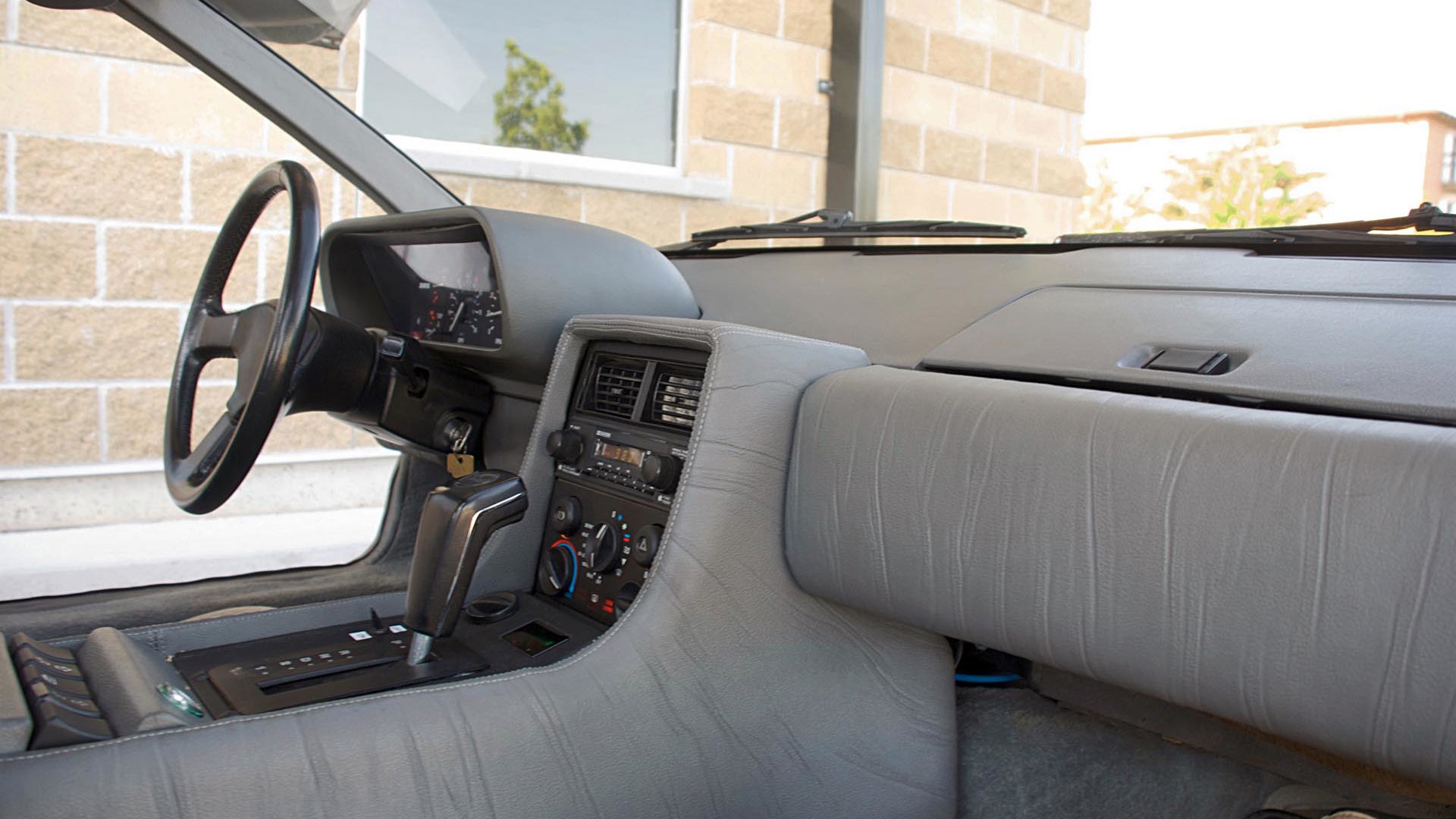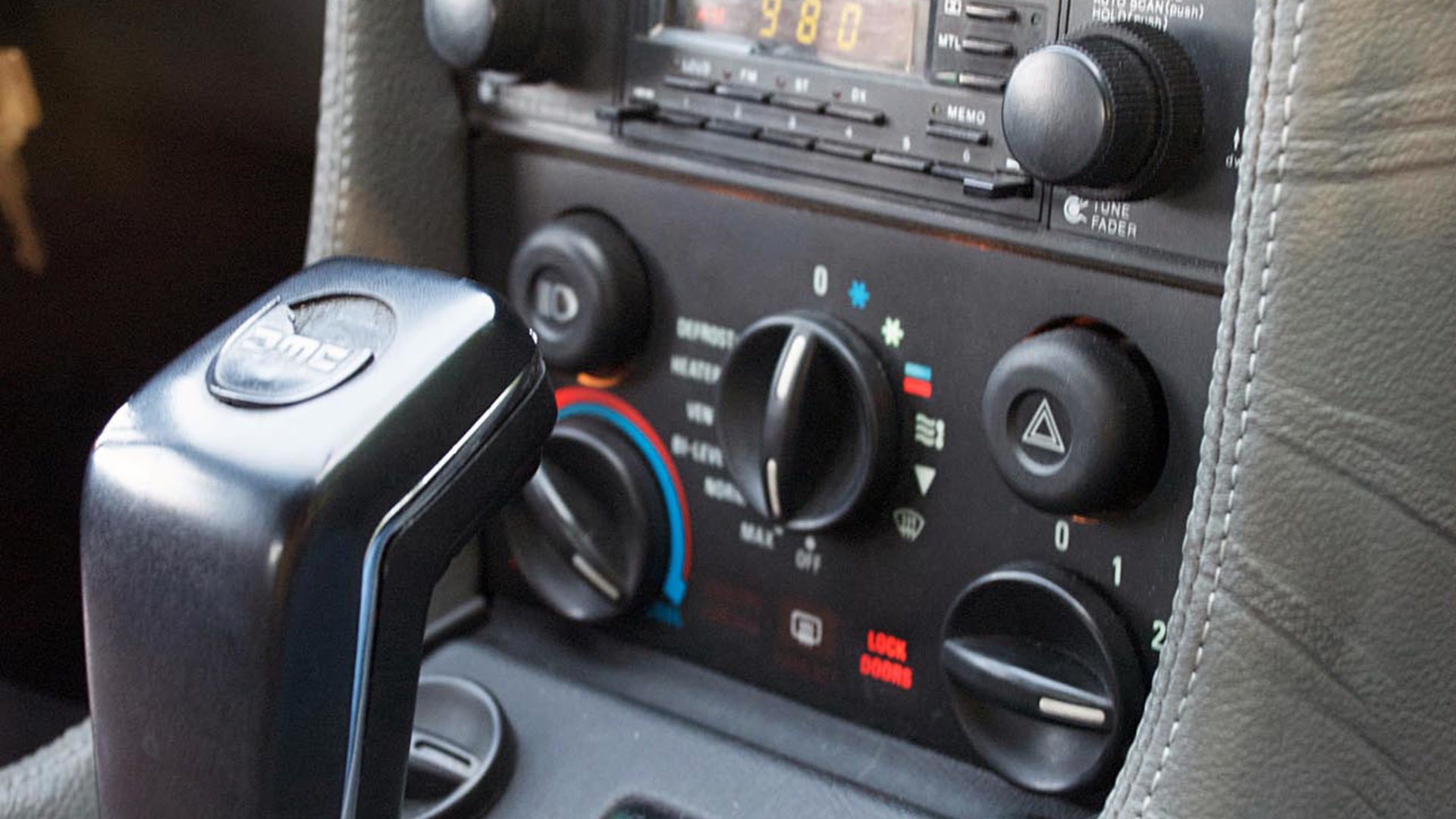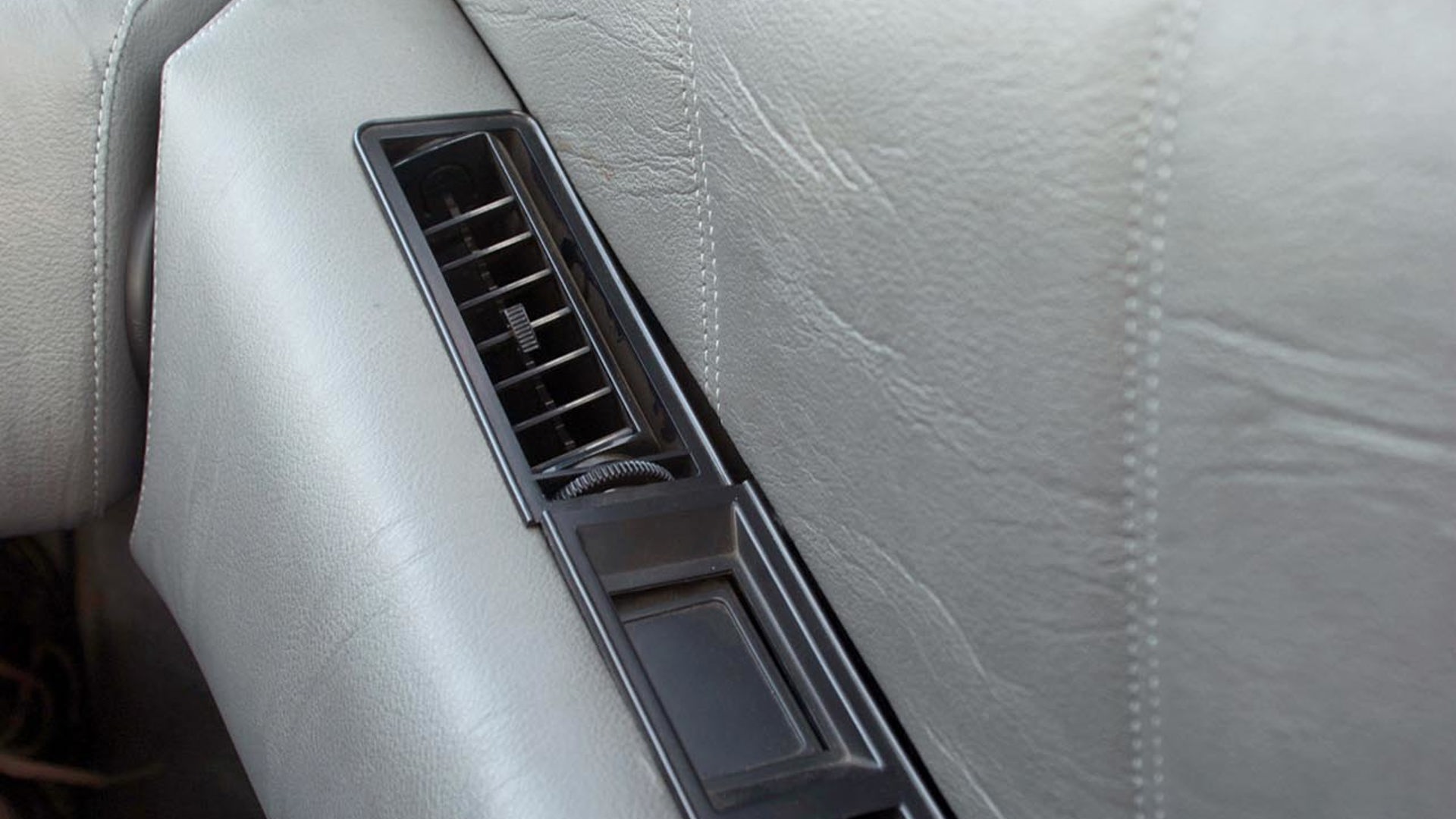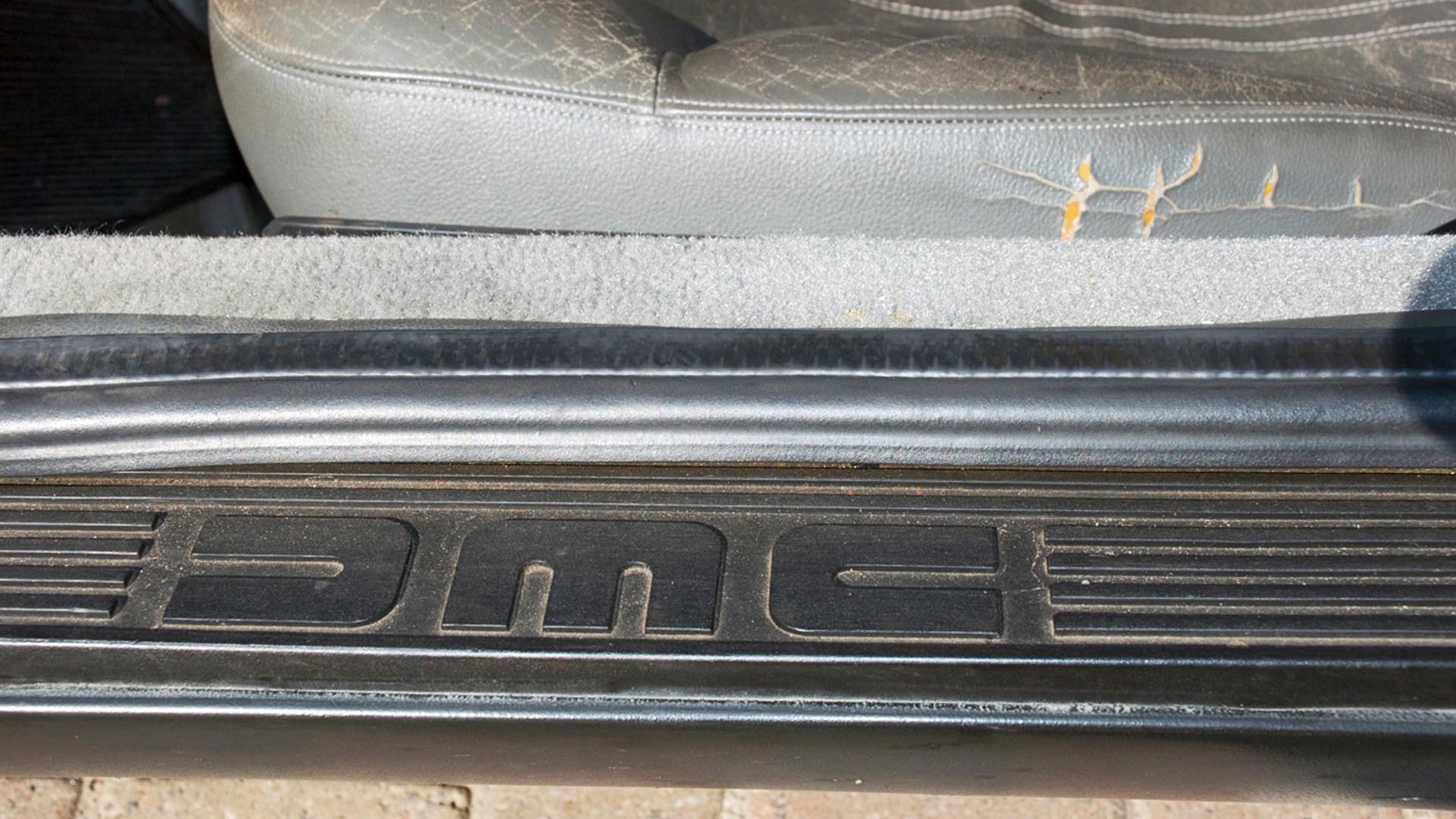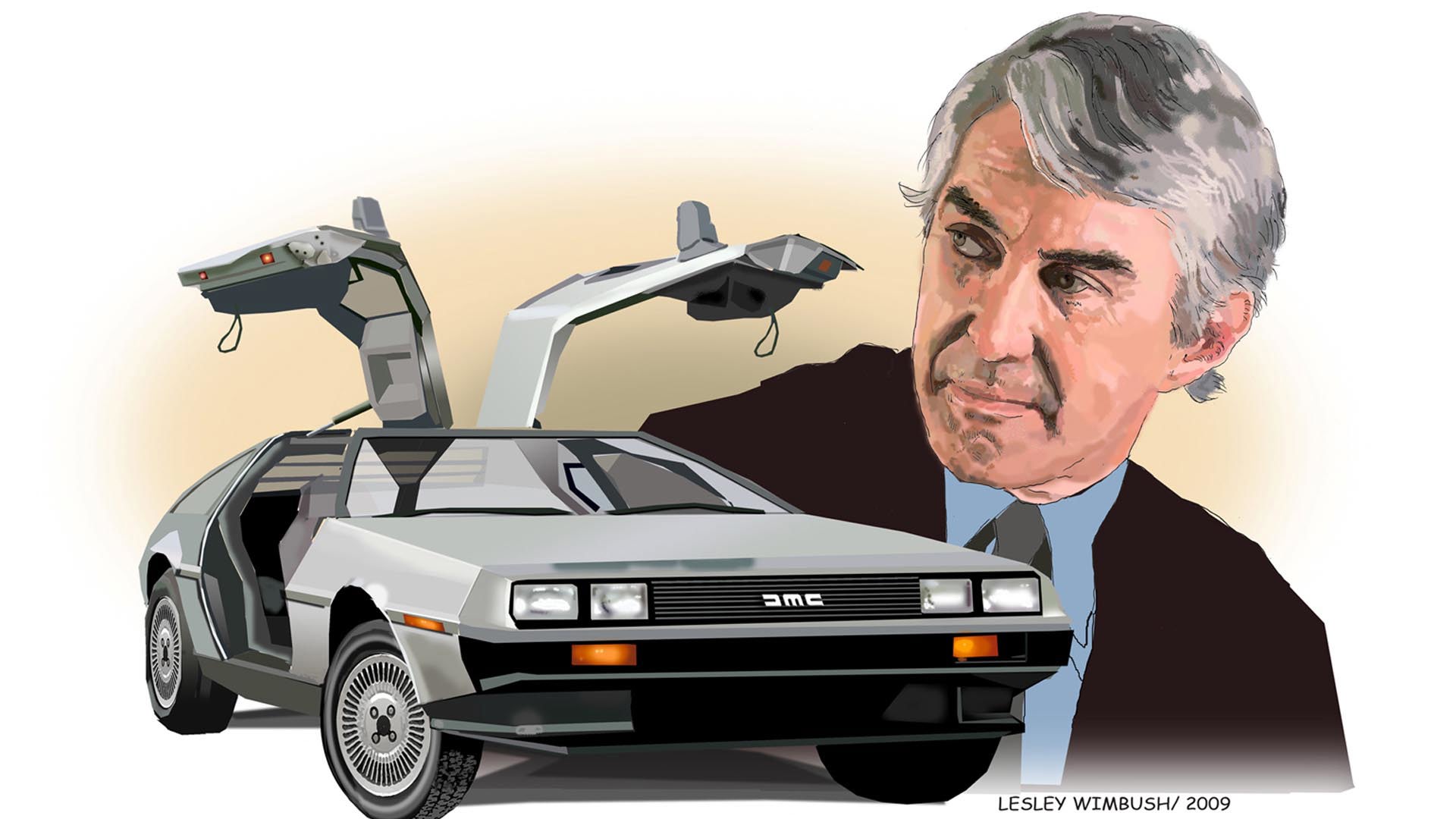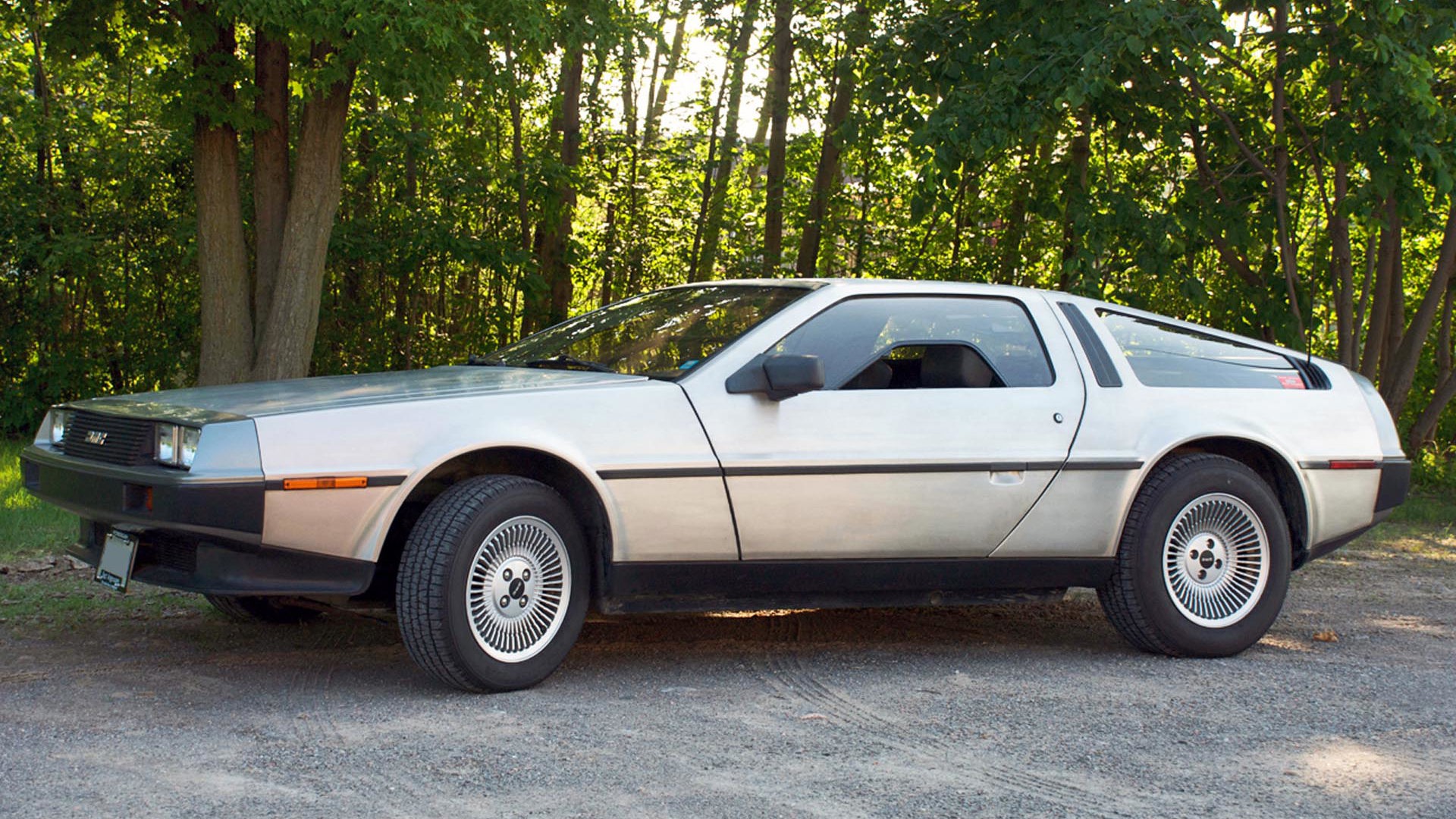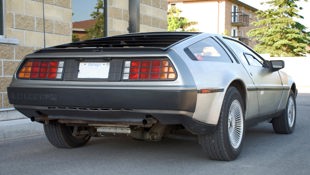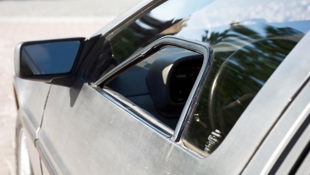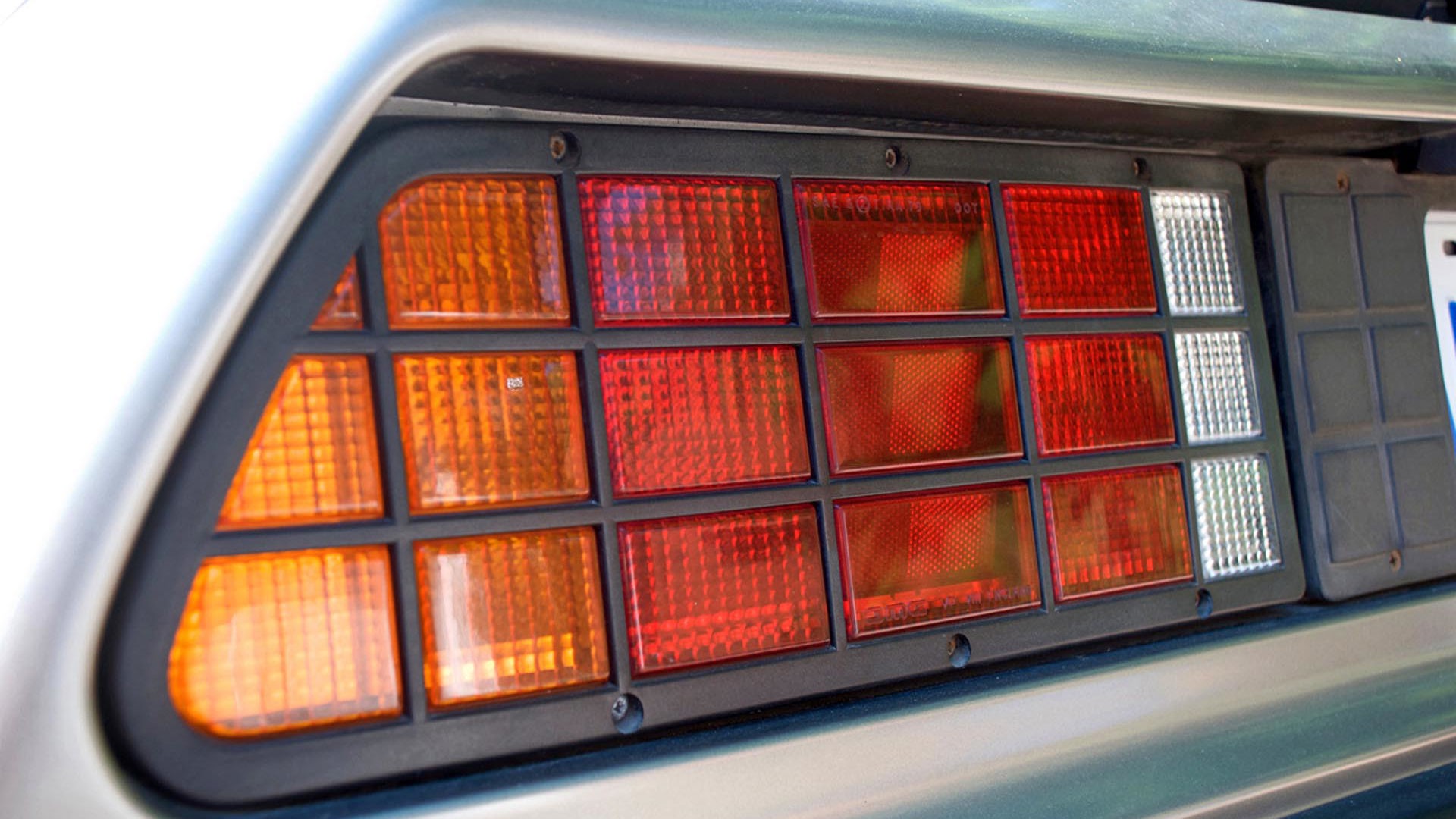"Roads? Where we're going, we don't need roads."
You'd be hard pressed to find someone who wouldn't immediately recognize Dr. Emmett Brown's iconic time travel machine, rump bristling with circuitry and Mr. Fusion, gull wing doors flung skyward.
One thing's for certain. Of all the vehicles I've test driven over the years, rarely has one attracted the level of attention as John DeLorean's stainless steel sports car.
But without its starring turn in the Back to the Future series, would the DeLorean DMC 12 have been just another obscure footnote – familiar only to car nuts and historians?
Possibly.
One thing's for certain. Of all the vehicles I've test driven over the years, rarely has one attracted the level of attention as John DeLorean's stainless steel sports car.
The DeLorean DMC-12 (DMC for DeLorean Motor Company, 12 for its originally projected price of $12,000) is the embodiment of a long-held, but short-lived dream, the ill-fated fruit of one man's ambition.
It was the brainchild of John Z. DeLorean – controversial, hip playboy executive who left General Motors in the late 1970s to build the ultimate sports car. The Northern Ireland–based DeLorean Motor Company produced just over 8,000 cars between 1981 and 1982, when the company folded amidst allegations of drug money funding. Although drug charges against John DeLorean were later dropped, it was too late for DMC, which had been plagued by production problems and claims of inflated performance figures.
But the DeLorean remains a pop culture icon thanks to its starring role as the time machine in the movie Back to the Future and a symbol of the flamboyant lifestyle of its creator.
It's estimated that there are roughly 6,000 surviving DMC-12s today, and recently, a Texas based company acquired the rights to build more, using parts left over from the original plant (http://www.delorean.com).
I was lucky to score an afternoon with one, thanks to the generosity of a Peterborough resident Michael Whetung, who bought it on impulse after stumbling across it on autoTRADER.ca.
One of two cars sent by DMC to Kapuskasing for cold-weather testing, it was stranded when the company went into receivership, and later sold at auction.
Almost two decades later, there were only 22,000 miles on its odometer.
The Italdesign body isn't what you'd call conventionally pretty. Angular, wedge-shaped, with a rakish fastback and louvered rear window, it uses every design cue of its era. Its most famous visual elements are of course, the signature gull-wing doors and brushed stainless steel body panels. It rides on a Lotus-designed frame and suspension.
Ducking my head and dropping into the seat, I tug on the leather strap to lower the gull-wing door. The seats are well cushioned and upholstered in leather that's finely cracked and burnished with the patina of age.
Driving position is somewhat reclined – since the seat has minimal adjustment fore and aft, and being short, I found myself stretching for the pedals. At only 44 inches tall, this is not a car that accommodates an upright seating position!
The headliner is indented to allow more head clearance – sort of an interior variation of the Gurney bubble.
Everything is upholstered in grey, stitched leather, including the vertical, flat dash and the high-walled centre console which runs like a spine through the car, bisecting the cockpit.
By today's standards, the interior is dated and kitschy, but for 1981, it must have seemed futuristic indeed. My passenger and I were amused by a warning light, an illuminated graphic of the car with one "wing" up, letting us know that the door wasn't secure.
There are small, power-operated windows inset into the larger windows in the gull-wing doors, which were a late addition to the DeLorean's design, allowing for North American toll booths. And thankfully, Tim Horton's drive-throughs!
Available with either a 5-speed manual, or three speed automatic, the DeLorean is powered by a 2.8L, 130-hp V6 developed jointly by Renault, Volvo and Peugeot. Located under the angular hatch, its placement behind the rear axle makes this a true rear-engined car.
This one is an automatic, and although I was warned that it had an occasional tendency to hunt for gears, it performed as well as a three-speed auto could be expected to. Despite the DeLorean's reputation for electrical and system unreliability, this car still had fully functioning power windows and air conditioning that blew ice-cold (a marvel in itself).
The steering wheel is leather-wrapped, and had a nice feel, although the lack of power steering made turn-in a bit heavy. The brakes, however, are decidedly vague. The Lotus derived suspension, is firm and there's not much roll. By today's sports car standards, the DeLorean is underpowered at 130 hp.
But who cares? Grinning ear to ear, we managed to achieve the magical 88 mph mark, but unfortunately remained firmly planted in this decade.
There's no question that the DeLorean is still a fan favourite: everywhere we went, people slowed down to point, wave or give us a thumbs up.
A beloved pop-culture icon, the DeLorean has transcended its past to become perhaps a more fitting tribute to its creator than even he intended.
1981 DeLorean DMC-12 Quick Specs
Configuration: Rear engine, rear-wheel drive
Engine/Transmission: 2.8L V6/3-speed automatic
Power/Torque: 130 hp/153 lb-ft
Fuel economy: 13.1 L/100 km
